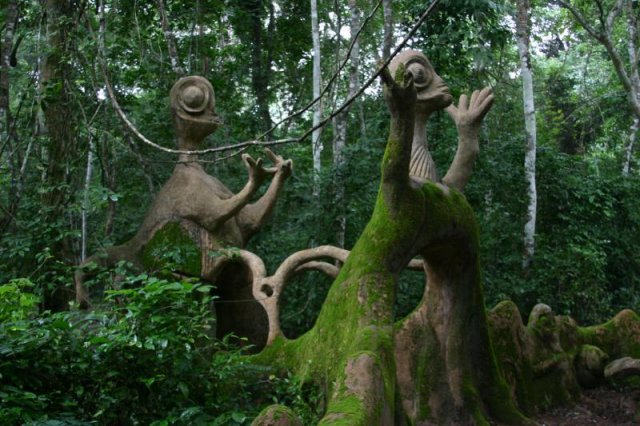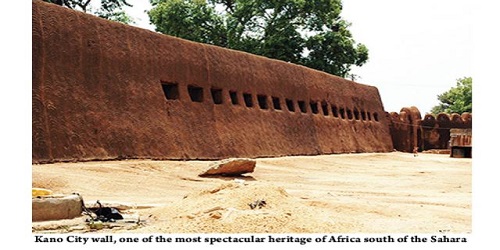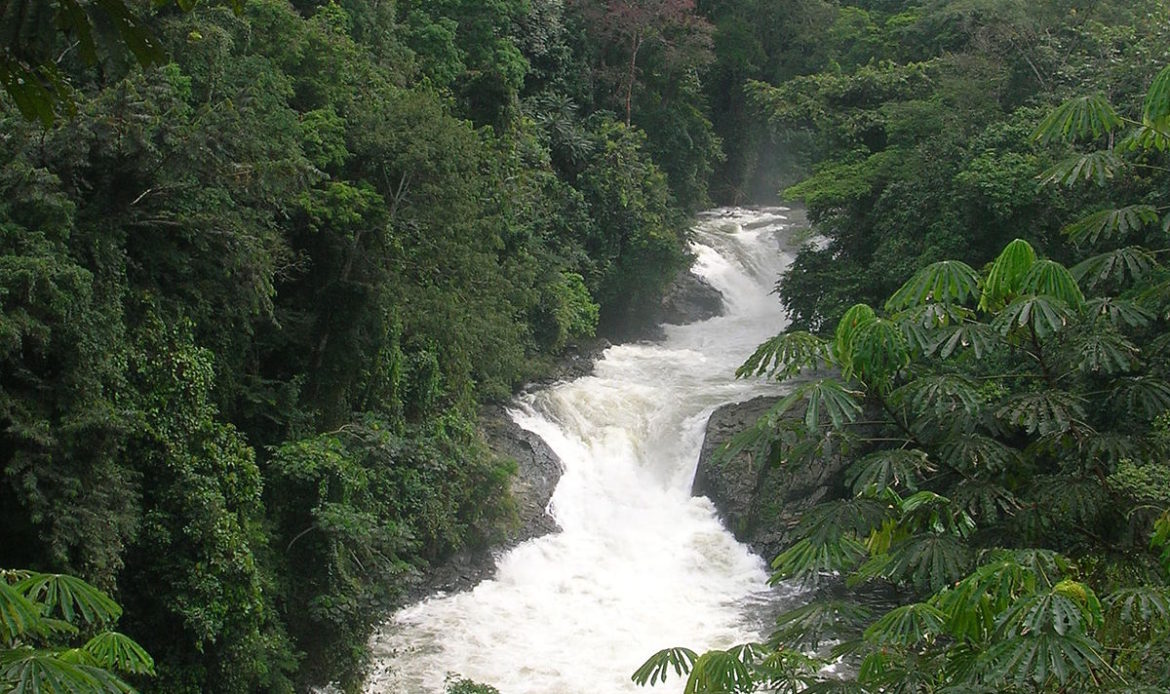UNESCO World Heritage Sites in Nigeria
Nigeria has a rich history and a proud heritage with outstanding cultural significance. Some of our heritages include old towns, monuments, ancient places of worship, artefacts, and historical sites.
Some of these historical beauties have been approved as UNESCO World Heritage Sites while others are on the tentative list for future nominations. On today’s Saturday Small Chops, we bring notable heritage sites on the UNESCO World Heritage list and the tentative list.

Sukur Cultural Landscape, Adamawa State
The Sukur Cultural Landscape is Nigeria’s first historical site to be listed among the UNESCO World Heritage sites in 1999. The landscape is located at the Mandara Mountains, very close to the Cameroon border. It was inscribed by UNESCO mainly because of its rich cultural atmosphere, material culture and naturally-terraced fields decorated with dry stones and granite. Sukur Cultural Landscape is one of the brightest heritage sites populated by rare species. It holds the palace of the Hidi (Chief) on a hill while dominating the surrounding villages. The Sukur Cultural Landscape reveals a strong cultural and spiritual landscape that has stood the test of time.

Osun-Osogbo Sacred Grove, Osun State
The Osun-Osogbo sacred grove, regarded as the dwelling place of the goddess of fertility (Osun) was named a UNESCO World Heritage Site in 2005. The sacred grove is located along the banks of the Osun River, at the outskirt of the city of Osogbo, Osun State. Within the groves are shrines, sanctuaries, sculptures and other artworks carefully made in honour of Osun and other deities. Yearly, the popular Osun-Osogbo festival is celebrated at the grove. The festival welcomes thousands of Osun worshippers and tourists across the globe. The sacred groove remains a symbol of identity to the Yoruba people.

Ancient Kano City Walls
The Ancient Kano City Walls were ancient defensive walls built to protect the inhabitants of the ancient city of Kano. The walls were initially built from 1095 through 1134 and completed in the middle of the 14th century. The 14-kilometre city wall inscribed on the tentative list of the UNESCO Heritage Sites in 2007 were made of earth, while associated sites included the Emir’s palace, Kurmi Market and the famous Dala Hills. The gates, which are as old as the walls were used to control the movements of people in and out of the city.
Read Also: Àpàlà Music

Oban Hills, Cross River State
Oban Hills Is located at the southern section of the Cross River National Park, South-Eastern Nigeria, and connects to the Korup National Park in Western Cameroon. The Oban Hills are a range of hills constituting important wildlife and natural habitat for many animals and plant species such as the Bat Hawk, Crested Guinea fowl and Chimpanzees.

Idanre Hill, Ondo State
Idanre Hill, also known as Oke-Idanre is one of the most beautiful natural landscapes in Ondo State, Nigeria. Idanre hills Include both cultural and spiritual attributes such as the Owa’s Palace, Old Court, Shrines, Agbooogun footprint and Omi Aopara, which means thunder water. It is also surrounded by beautiful vegetation, schools, ancient settlements and gigantic hills.
Have you ever visited any of these heritage sites? Please, share with us in the comments section.
